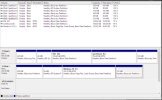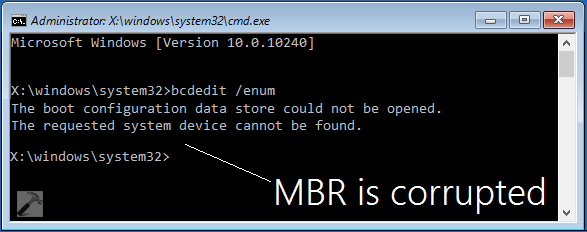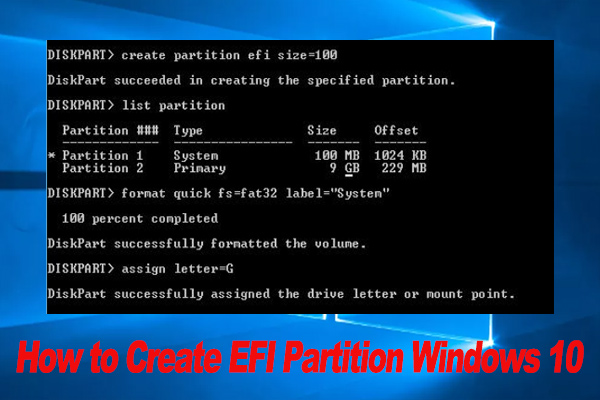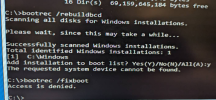Help please. Power went out a couple of 3-4 times during some tornado stuff last night and it highlighted a problem I've put off dealing with too long.
I put an SSD in my wife's PC and transfered her windows 10 install to it using cloning software. It runs windows off the ssd, but the hdd is still in there and it takes 30+ minutes to reboot. If I remove the hdd it won't boot.
I don't wanna reinstall windows 10 as my wife doesn't keep a tidy PC and saving/transferring all the data will be a nightmare, is there a way to check my MBR/EFI to see what is going on?
Here's a screencap of her disk manager since that's where my googling lead me to start:


I've never been able to figure this one out and it's been going on too long, where did I screw it up?
I put an SSD in my wife's PC and transfered her windows 10 install to it using cloning software. It runs windows off the ssd, but the hdd is still in there and it takes 30+ minutes to reboot. If I remove the hdd it won't boot.
I don't wanna reinstall windows 10 as my wife doesn't keep a tidy PC and saving/transferring all the data will be a nightmare, is there a way to check my MBR/EFI to see what is going on?
Here's a screencap of her disk manager since that's where my googling lead me to start:


I've never been able to figure this one out and it's been going on too long, where did I screw it up?



:max_bytes(150000):strip_icc()/how-to-rebuild-the-bcd-in-windows-2624508-bb27eac9ace042a98211f872309a0032.png)

